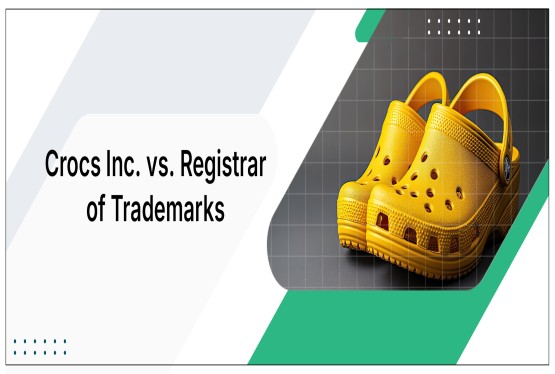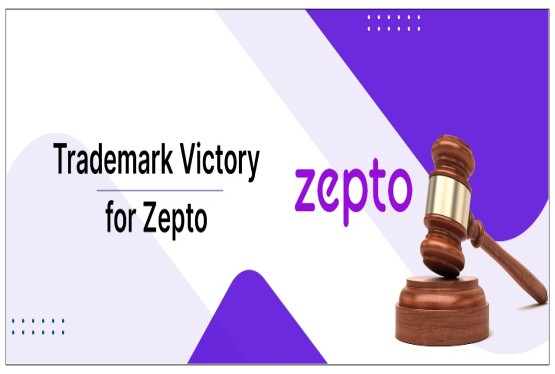Before delving into the intricacies of trademarking brand logos and names, let's clarify some fundamental concepts:
-
Trademark: A symbol, word, or phrase legally registered or established by use as representing a company or product.
-
Brand Logo: A visual representation of a brand, often consisting of a graphic symbol, text, or both.
-
Brand Name: The verbal element of a brand, used to identify and distinguish a product or company.
Intersection of Trademarks and Brand Identity
A well-crafted brand identity, comprising both a strong logo and a distinctive name, is essential for business success. However, it's equally important to protect this identity through trademark registration. By securing trademark rights, businesses can safeguard their intellectual property and prevent unauthorized use of their brand elements.
Why Trademark Your Brand Logo and Name?
1. Exclusive Rights: Trademark registration grants you exclusive rights to use your brand logo and name in connection with your goods or services. This prevents others from using identical or similar marks that could cause consumer confusion.
2. Legal Protection: Trademark infringement can lead to significant legal consequences, including injunctions, monetary damages, and even criminal penalties. By registering your trademark, you have a strong legal basis to take action against infringers.
3. Brand Reputation: Protecting your brand reputation is crucial. Trademark registration helps maintain brand consistency and prevents dilution, ensuring that your brand is always associated with quality and authenticity.
4. Market Value: A strong, well-protected trademark can significantly increase the value of your business. It can be a valuable asset, especially when considering mergers, acquisitions, or licensing deals.
Key Considerations for Trademarking Brand Logos and Names
-
Distinctiveness: Your brand logo and name should be sufficiently distinctive to avoid confusion with other brands.
-
Prior Use: You must establish prior use of your brand elements to secure trademark rights.
-
Trademark Search: Conduct a thorough trademark search to identify any potential conflicts with existing trademarks.
-
Trademark Classification: Choose the appropriate trademark classification(s) that accurately reflect the goods or services associated with your brand.
-
Trademark Maintenance: Once registered, you must maintain your trademark by filing renewal applications and complying with other legal requirements.
Best Practices for Creating Strong, Trademarkable Brand Identities
-
Originality: Strive for originality in both your logo design and name choice.
-
Memorability: Create a brand identity that is easy to remember and recall.
-
Versatility: Ensure your brand elements are adaptable to various marketing materials and media.
-
Timelessness: Aim for a brand identity that will stand the test of time.
-
Legal Consultation: Consult with a trademark attorney to navigate the complex legal landscape and protect your brand.
By understanding the importance of trademarking your brand logo and name, you can safeguard your intellectual property, enhance your brand's reputation, and drive long-term business success.
Conclusion
We all know that a strong brand identity is a powerful asset. By understanding the nuances between brand logos and brand names, businesses can strategically leverage these elements to build a strong brand reputation.
Remember, a well-crafted brand logo and name are not just aesthetic choices; they are strategic tools that can significantly impact a business's success. By prioritizing originality, memorability, and legal protection, businesses can create enduring brand identities that resonate with consumers and stand the test of time.
If you need any support or have any queries regarding Trademark or brand/name registration you can contact us at info@ccoffice.in or Call/Whatsapp us at 9988424211
Frequently Asked Questions
Q1. Can I use a similar logo to a well-known brand?
Ans. No, you cannot. Using a logo that is too similar to an existing, registered trademark can lead to legal issues, such as trademark infringement. It's crucial to conduct a thorough trademark search to ensure your logo is unique and doesn't infringe on others' rights.
Q2. How long does it take to register a trademark?
Ans. The trademark registration process can vary. Factors such as the complexity of the application, the number of classes, and any office actions can influence the timeline. Generally, it can take anywhere from 6 months to 2 years to obtain a registered trademark.
Q3. Can I trademark a color?
Ans. Yes, under certain circumstances. To trademark a color, you must demonstrate that the color has acquired secondary meaning, meaning it is strongly associated with your brand in the minds of consumers. This is a high bar to meet and often requires significant brand investment and marketing efforts.
Q4. What happens if I don't register my trademark?
Ans. While you may have common law rights, they are less protected than registered trademarks. Unregistered trademarks can be more vulnerable to infringement, and it can be more challenging to enforce your rights in court. Registering your trademark provides stronger legal protection and can deter potential infringers.
Q5. Can I use a generic term as a trademark?
Ans. Generally, no. Generic terms that are commonly used to describe a product or service cannot be trademarked. However, if you can demonstrate that a generic term has acquired secondary meaning through extensive use and marketing, it may be possible to register it as a trademark.

































_(b)_of_the_Trademark_Act,_1999_(1)_crop10_thumb.jpg)



_crop10_thumb.jpg)




























_crop10_thumb.jpg)
_crop10_thumb.jpg)






_crop10_thumb.jpg)








_crop10_thumb.jpg)
_crop10_thumb.jpg)



_crop10_thumb.jpg)





























_crop10_thumb.jpg)

















_crop10_thumb.jpg)






_crop10_thumb.jpg)











































































































































_crop10_thumb.jpg)




































_crop10_thumb.jpg)












_crop10_thumb.jpg)


















